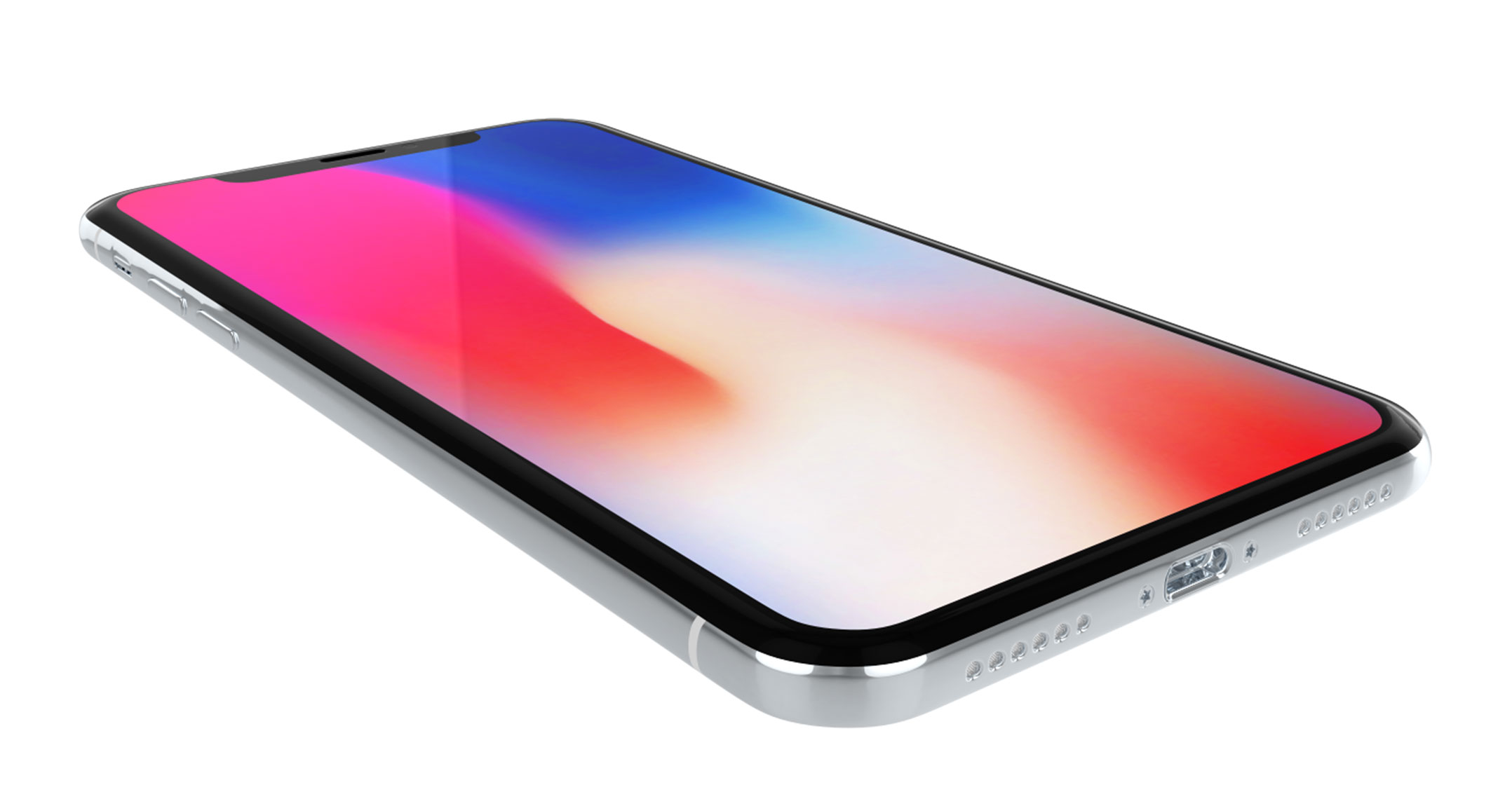
A bright future lies ahead for OLED. When that starts, and how long it lasts, is less clear.
Organic light-emitting diode screens have been touted as the future of smartphones because they’re crisper and easier on batteries than their liquid-crystal predecessors. Late last year, as Apple prepared its OLED iPhone X, suppliers led by Samsung Electronics rushed to ramp up production.
Now, there’s concern about over-supply and price cuts. The iPhone X didn’t sell as well as Wall Street anticipated and Samsung, the top OLED supplier, expects to ship about half the units planned to Apple, according to people familiar with the situation. The South Korean company sees 2018 operating profit from displays coming in short of some analysts’ forecasts, the people also said. Samsung declined to comment.
Chinese phone makers may adopt the technology and prop up demand, but that’s unlikely any time soon.
“Cutting prices would be a carrot to appeal to Chinese vendors and deal with the excessive capacity,” said Park Kang-ho, an analyst at Daishin Securities in Seoul. “The OLED market is shrinking this year, but I’d say ‘no’ to pessimism for next year and the year after. Now’s the time for Samsung to tough it out.”
Universal Display, which licenses OLED intellectual property to display makers, fell 3.3% in US trading to the lowest level in five months.
Samsung remains committed to OLED and doesn’t yet feel pressure to cut its panel prices, according to the people, who asked not to be identified discussing an internal business matter. Samsung is pinning some of its OLED hopes on a successful launch of the Galaxy S9 smartphone line and a future model with a foldable screen. Apple plans to release a giant iPhone with the displays later this year.
Samsung’s display subsidiary is one of the few manufacturers capable of churning out tens of millions of OLED panels each year for both itself and Apple. LG Display has begun ramping up its own OLED efforts: it supplies screens for some Google phones and is in line to supply some to Apple in the future.
Not widely used
But a number of smartphone makers, particularly in China, don’t yet use OLED widely.
“The basic expectation has been that other vendors would seek to move to OLED based displays once capacity was available,” Neil Campling, an analyst at Mirabaud Securities, wrote in a note to investors. But Samsung’s recent problems suggest “the likes of Xiaomi, Oppo, Vivo and Huawei are clearly in no rush to shift to OLED”.
The main sticking point has been price. Each 5.5-inch LCD screen used in the iPhone 8 Plus costs Apple US$52, whereas the iPhone X’s 5.8-inch OLED display is $110, researcher IHS Markit estimates. Those prices should go up in the near term as Apple sources larger screens for its upcoming nearly 6.5-inch model.
Some phone makers may be delaying the switch to OLED due to recent advancements in older LCD technology, which Apple still uses in almost all its other devices.
“LCD is fine enough for many users, and the price difference between OLED and LCD is still there,” said Simon Chan, an analyst at Bloomberg Intelligence.
OLED has also caused problems for those who do use it. When Google launched a new Pixel smartphone last year with the technology, some users complained about inaccurate colour reproduction and burn-in, where images remain after the screen is turned off. Apple warns on its website that burn-in and slight colour changes are “characteristic” of OLED panels.
“OLED has only survived because Samsung, Apple and LG Display, which have deep pockets, have kept it going,” said Raymond Soneira, CEO of DisplayMate Technologies, which tests screens. “When I started looking at OLEDs a few years ago, they were at the bottom of the performance list.”
Universal Display, which sells OLED-related chemicals to manufacturers like Samsung, missed on its revenue guidance for 2018, sending the shares down 16% on 23 February. Oppenheimer & Co analyst Andrew Uerkwitz warned of “more volatile mobile display market dynamics” and increased competition from cheaper LCDs, while Evercore ISI’s CJ Muse said the market has shifted from euphoria on supply deals to uncertainty.
Breather
“We expect industry capacity growth to take a bit of a breather this year as panel makers build the framework for the next wave of high-volume OLED production, which is expected to ramp next year,” Sidney Rosenblatt, Universal Display’s chief financial officer, said. “2019 is poised to be a meaningful year of growth.”
OLED will likely keep improving as costs come down and production increases. The results are already emerging. Last year, DisplayMate ranked the iPhone X’s OLED screen as the best of any smartphone. Samsung’s new S9 line just topped that.
A longer-term threat is MicroLED, which has many of the benefits of OLED, but fewer drawbacks. In 2015, Apple opened a lab in Taiwan to work on new screen technologies. Foxconn Technology Group, the biggest assembler of iPhones for Apple, has backed MicroLED startup eLux. In 2014, Apple acquired LuxVue Technology, a MicroLED maker.
The new technology is already being showcased in some high-end TVs. At the CES consumer electronics conference in January, Samsung demonstrated a 146-inch MicroLED TV dubbed “The Wall” because of its size. MicroLED is more energy efficient and brighter than OLED and lasts longer without burn-in, but yields are lower and sharpness is inferior for now, according to Soneira.
“MicroLED screens aren’t close to production for smartphones and smartwatches” and it will take “at least three to five years for OLED to be dislodged”, he said. — Reported by Mark Gurman and Sam Kim, with assistance from Debby Wu, (c) 2018 Bloomberg LP




